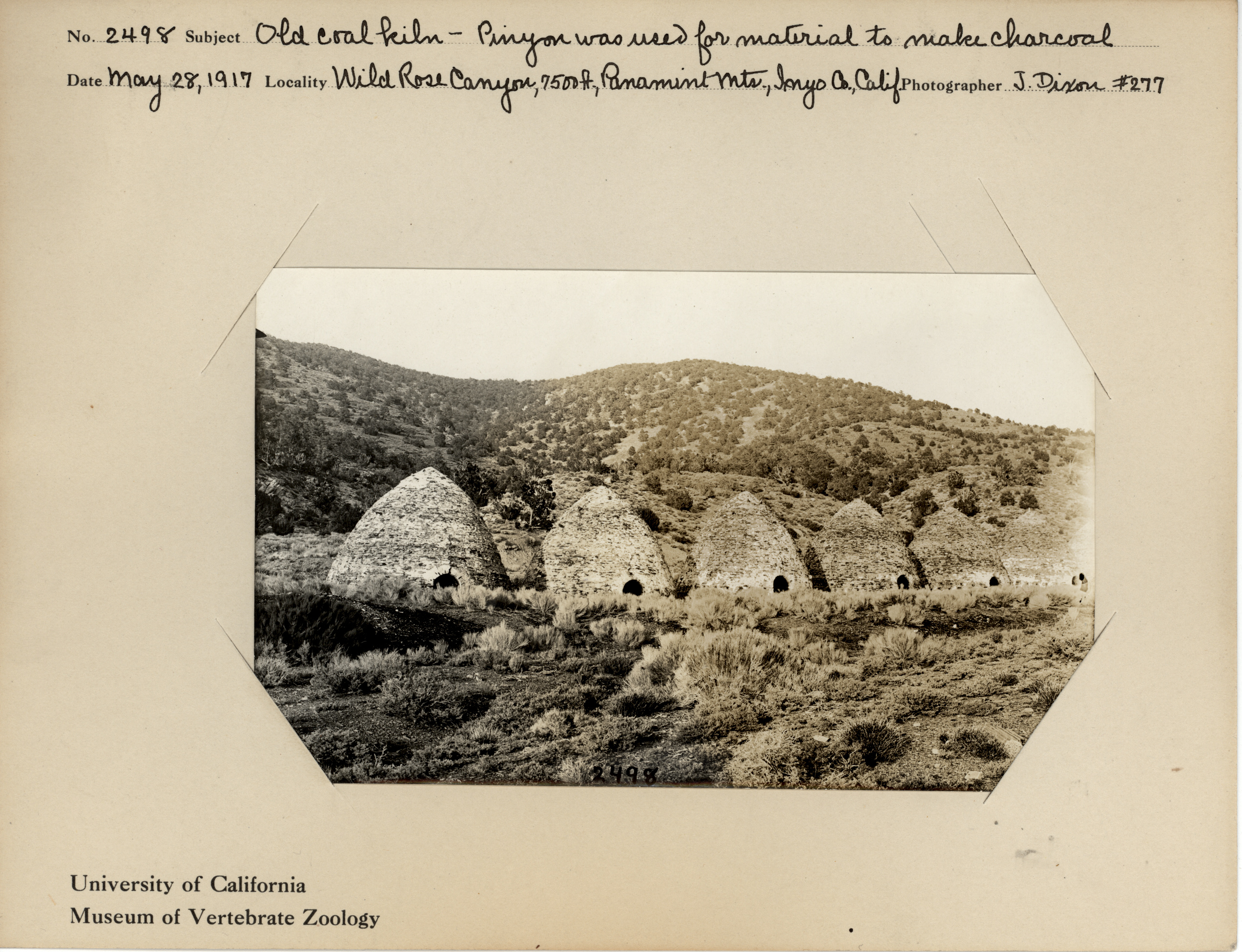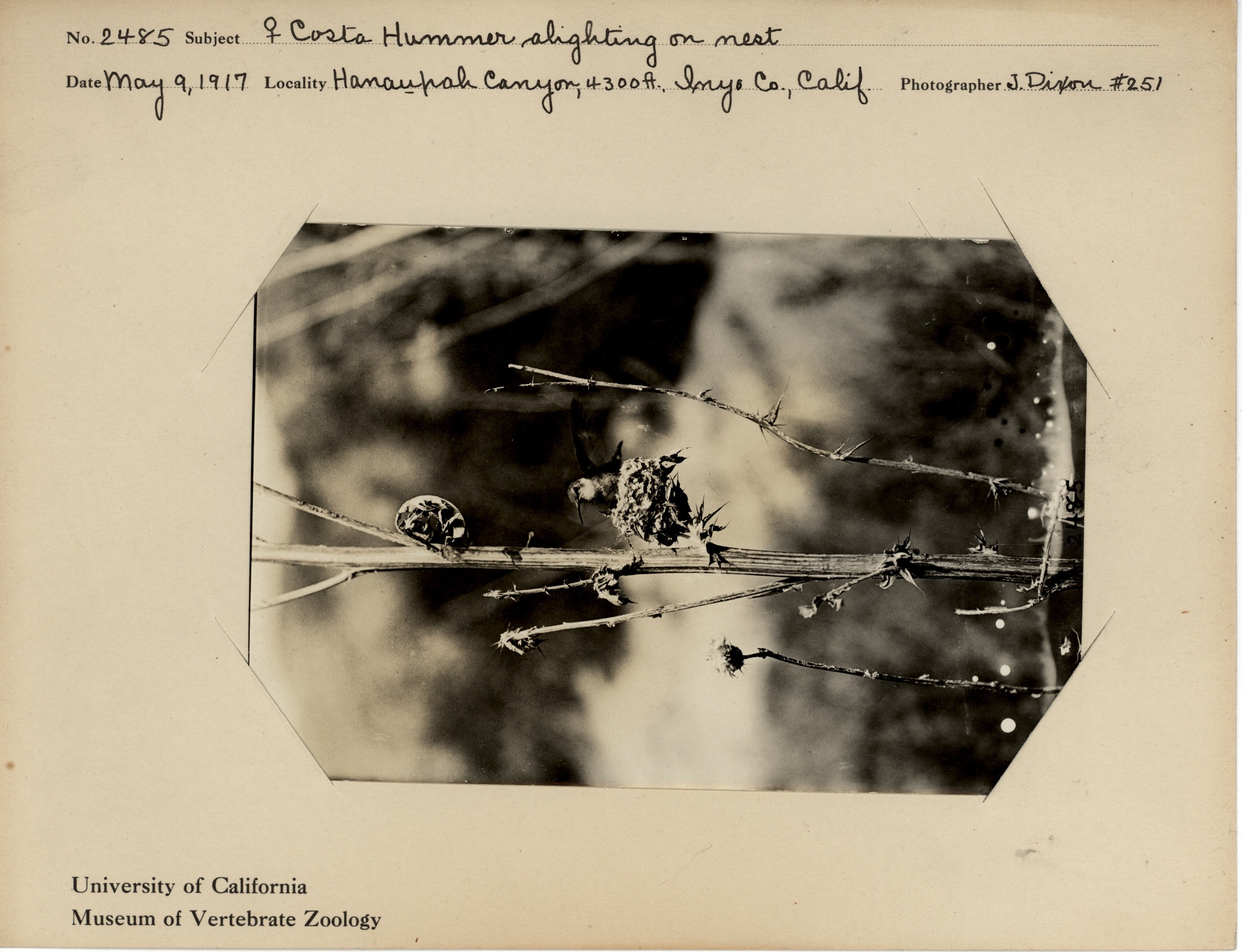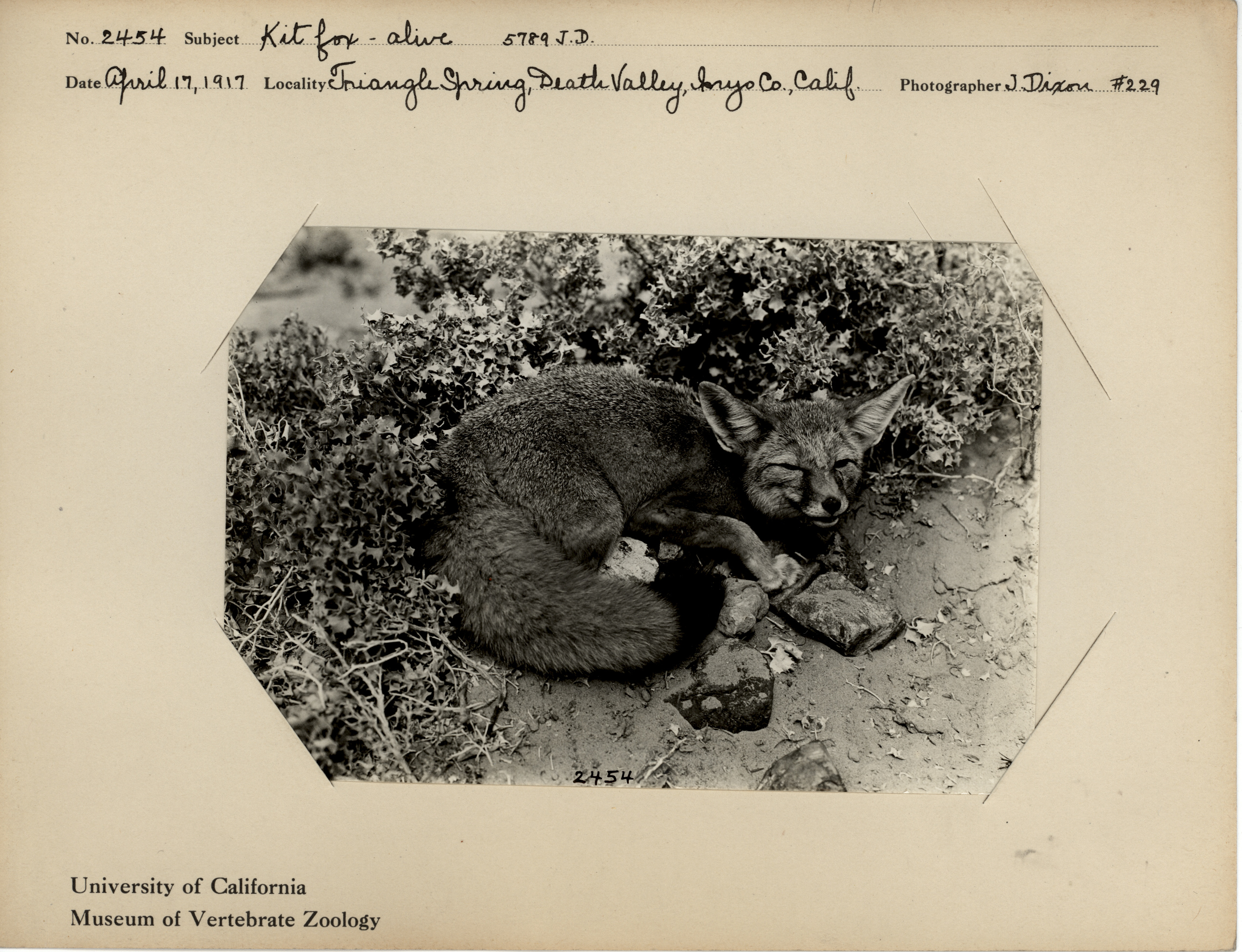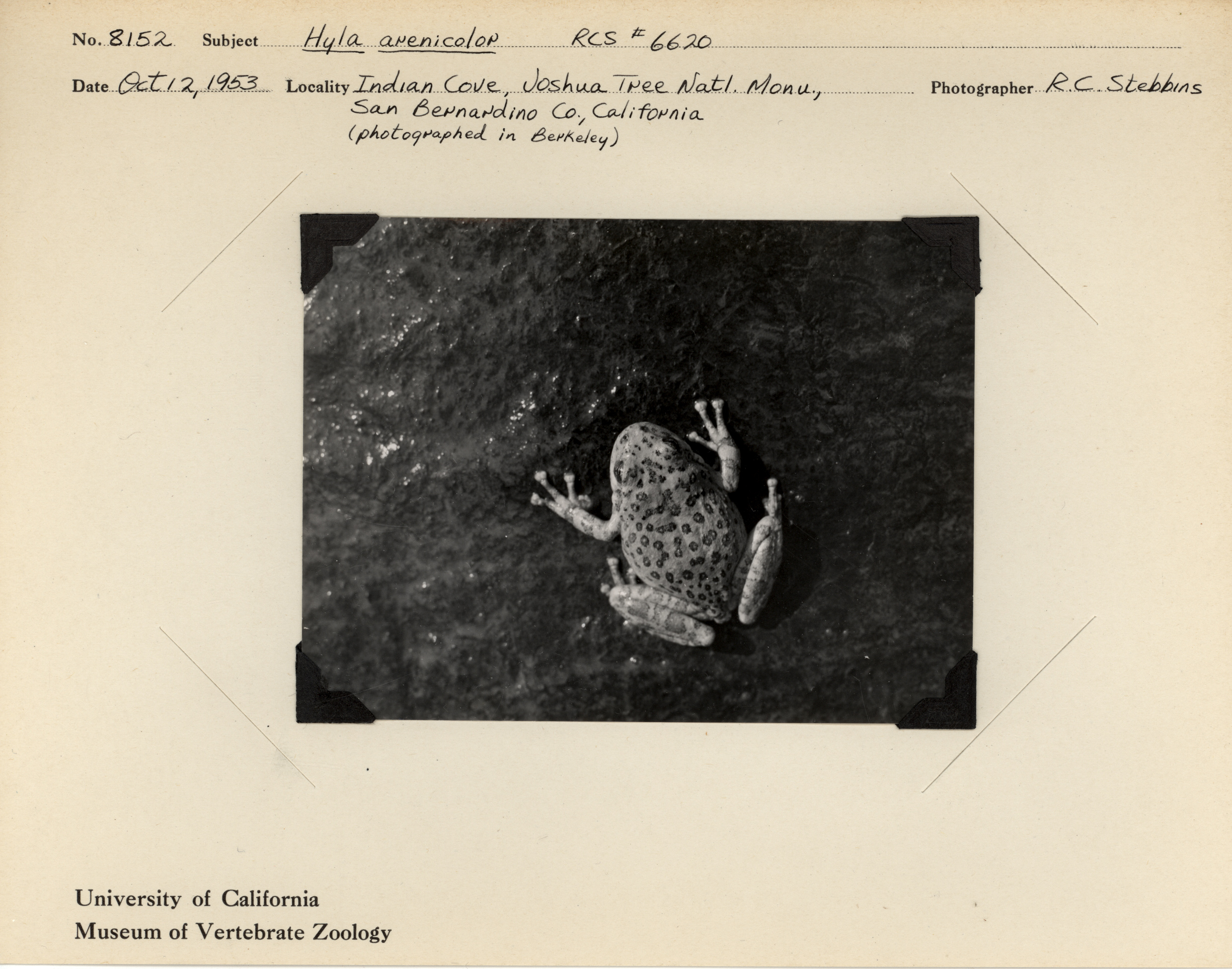The archives at the Museum of Vertebrate Zoology contribute more to modern research projects than one might originally be led to believe.
More than 100 years ago, Joseph Grinnell began his career as the founding Director of the Museum of Vertebrate Zoology with the vision to document and collect vertebrates across the Western states, resulting in a remarkable capture of early 20th century biodiversity. In addition to making vertebrate collections, extensive field notes and photographs also served to document diversity of the time. The Grinnell Resurvey Project seeks to continue Grinnell’s vision by extensively resurveying the current diversity at the sites he and his colleagues examined years ago. By documenting changes in communities and relative abundance of species, as well as developing predictive models of how vertebrates will respond to continuing change, MVZ ultimately hopes to increase understanding of long-term dynamics of distribution of vertebrates.
The Grinnell Resurvey Project is currently focusing its efforts on the Western Deserts. Over the last 50 years, this region has experienced a large increase in average annual temperature and climatic extremes, increasing desert species chance of mortality due to overheating and evaporative water loss. The project seeks to quantify the effects of climate and land-use change on desert species and communities by resurveying birds and mammals at 105 sites different desert sites that were once sampled by Joseph Grinnell and colleagues in the early 20th century. Scientists contributing to this project are making use of the field notes and images at the MVZ Archives that can provide clues to diversity on a ecosystem and landscape level that the vertebrate collections might not otherwise show. Check out some of these images from the field and find more at http://tinyurl.com/DesertResurvey.

Joshua Trees (10 May 1939)
North America, United States, California, San Bernardino County: 1 mi S Barnwell, New York Mts.
created by agent Annie M. Alexander
Images of landscapes can help researchers compare abiotic changes in the environment from Grinnell’s time to now.

Old coal kiln – Pinyon was used for material to make charcoal (28 May 1917)
North America, United States, California, Inyo County: Wildrose Canyon, Panamint Mts., Death Valley National Monument
created by agent Joseph S. Dixon
While most collecting sites were relatively removed from human infrastructure, so areas did have traces of human influence. Photos from Grinnell’s time can indicate how land use may have changed in the last century.

Female Costa Hummer alighting on nest (9 May 1917)
North America, United States, California, Inyo County: Hanaupah Canyon, Panamint Mts., Death Valley National Monument
created by agent Joseph S. Dixon
Photographs can document movement in ways that the collections at MVZ cannot. Some photographers also provide clues to how species may interact with both abiotic and biotic components of the environment.


